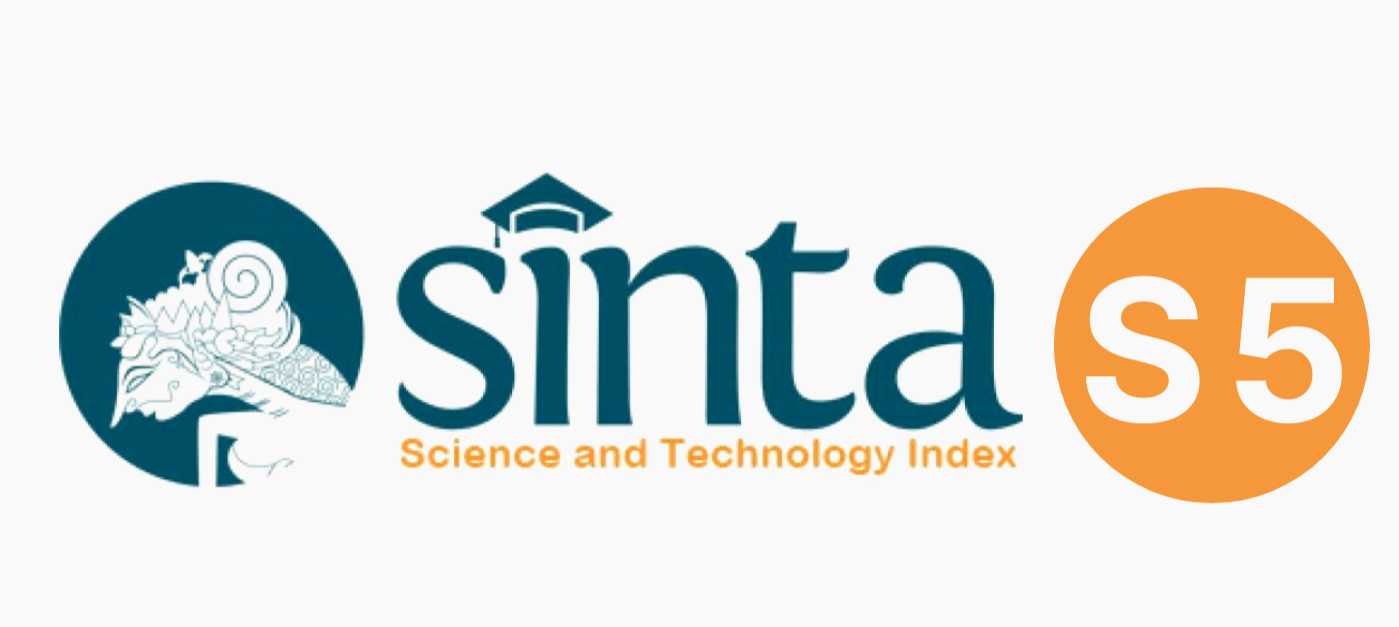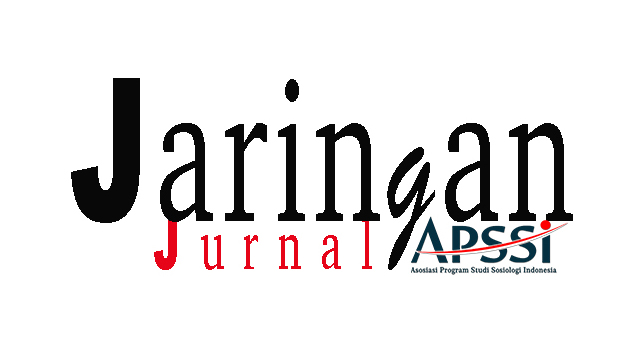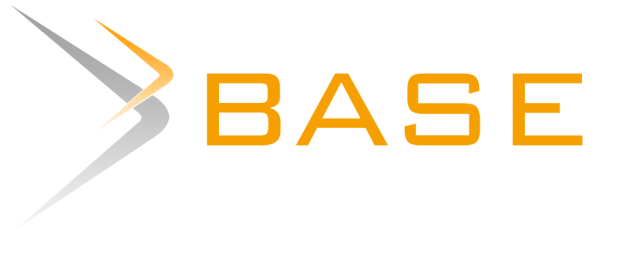Kapital Simbolik Sebagai Identitas Keluarga Besar Studi Kasus Komunitas Bani Ma’shum di Kecamatan Jatibarang Brebes Jawa Tengah
 Abstract: 225
/
Abstract: 225
/  Abstract: 31
Abstract: 31
DOI:
https://doi.org/10.47753/je.v3i2.64Keywords:
Bani Ma’shum, Extended Family, Identity, Symbolic CapitalAbstract
This paper describes symbolic capital that owned by an extended family community, Bani Ma'shum. The theory is Bourdieu's concept of habitus, fields, and symbolic capital. This paper uses a qualitative method to explain the survival of the Bani Ma'shum community in district Jatibarang Brebes, Central of Java. This paper describe Bani Ma'shum as a large family community of Javanese ethnicity. Values and experiences based on the Javanese habitus they applied to their activity everyday. The use of the concept of bani is not just naming, but also show that Arab habitus has also been constructed into this community. Bani Ma'shum was formed in NU (ahli sunnah wal jama'ah) community. Bani Ma'shum has several capital, there are social, cultural, politic, economy, and symbolic capital. These capital play in three arenas: socio-religious, politic, and economy. From other capitals, symbolic capital is most plays as important role for members of Bani Ma'shum. Because with symbolic capital members of Bani Ma’shum can access other capital. Bani Ma'shum distinction is based on blood ties and family lineage. This family membership is only based on blood ties and not everyone can enter the Bani Ma'shum family, except by marry their child of Bani Ma'shum family.References
Azra, Azyumardi. 1999. Islam Reformis: Dinamika Intelektual dan Gerakan. Jakarta: PT. Raja Grafindo Persada.
Badan Perencanaan Pembangunan Daerah (BAPPEDA) Kabupaten Brebes. 2009. Sejarah Mentalitas Brebes. Brebes: Bappeda Kabupaten Brebes.
Basalamah, Syaikh Sholeh. 2012. Tijaniyah Menjawab dengan Kitab dan Sunnah. Tangerang: Putera Bumi.
Bourdieu, Pierre. 1977. Outline of a Theory of Practice, translated by Richard Nice. New York: Cambridge University Press.
Bourdieu, Pierre (translated by Richard Nice). 1984. Distinction A Social Critique of The Judgement of Taste. Cambridge: Harvard University Press.
Bourdieu, Pierre and Loïc J. D. Wacquant. 1992. An Invitation to Reflexive Sociology. Chicago: The University of Chicago Press.
Flick,Uwe. 2009. An Introduction to Qualitative Research, Fourth Edition. London: SAGE Publications.
Goode, William J. 1964. The Family. New Jersey: Prentice-Hall.
Goode, William J, Penerjemah Lailahanoum Hasyim. 1991. Sosiologi Keluarga. Jakarta: Bumi Aksara.
Kecamatan Jatibarang Dalam Angka 2018, oleh Badan Pusat Statistik (BPS) Kabupaten Brebes.
Leary, Mark R. dan June Price Tangney (ed.). 2012. Handbook of Self and Identity. New York:
The Guilford Press
Moleong, Lexy J. 2009. Metodologi Penelitian Kualitatif Edisi Revisi, Cet. Keduapuluhenam. Bandung: PT. Remaja Rosdakarya.
Neuman, W. Lawrence. 2007. Basics of Social Research Qualitative and Quantitative Approaches, Second Edition. USA: Pearson Education.
Soekanto, Soerjono. 2009. Sosiologi Keluarga Tentang Ikhwal Keluarga, Remaja, dan Anak. Jakarta: PT Rineka Cipta.
Suduri (Pengurus Masjid Agung Brebes Sie Pendidikan dan Dakwah). 2008. Sejarah Masjid Agung Brebes.
Jurnal dan Penelitian :
Agustin, Dyah Satya Yoga, Ni Wayan Suarmini, dan Suto Prabowo. 2015. Peran Keluarga Sangat Penting dalam Pendidikan Mental, Karakter Anak serta Budi Pekerti Anak . jsh Jurnal Sosial Humaniora, Vol 8 No.1, Juni, hlm. 46-54.
Maulidia, Hanifa. Reproduksi Identitas: Studi Kasus Komunitas Bani Ma’shum di Kecamatan Jatibarang Brebes Jawa Tengah. (Depok: Tesis Pasca Sarjana Sosiologi, Fakultas Ilmu Sosial dan Ilmu Politik, Universitas Indonesia, 2015).
Fihtri, Elita dan Pambudi Handoyo. 2015. Habitus Dugem Kelompok Youngstar Sebagai Ritus Modernitas Di Perkotaan. Paradigma. Volume 03 Nomer 01, hlm. 1-7.
Wati, Kartika Sunu. 2015. Modal Dalam Praktik Sosial Arisan Sosialita (Studi Fenomenologi Terhadap Dua Kelompok Arisan Sosialita di Malang dan Jakarta). JURNAL IDEA SOCIETA, VOL. 2 NO. 5 OKTOBER.
Downloads
Published
Issue
Section
License
Articles published in Jurnal Empirika are licensed under the International License of Creative Commons Allowance-ShareAlike 4.0. The author is free to use any media to copy, change, or redistribute the paper, provided the author gives credit to the original author and this journal, links to the license, shows if modifications have been made, and redistributes it in the same permission. The author grants the right to any third party to use their posts following the Creative Commons Attribution-Share Alike International 4.0.











